News
News / 01/20/2021 / 2105
Eastern Serbia is an ideal destination if you are tired of concrete and asphalt, smog, noise or life in a big city. We particularly understood it last year, when we were forced to spend the entire year with limited movement, fear of group gatherings, impossibility to travel outside the borders of Serbia. I keep returning to Eastern Serbia and this part of Serbia is always generous to its visitors. I am constantly discovering some new lookouts, new sources of crystal clear water, new flavors and aromas...
This time, we have set out quite early to discover eastern Serbia. Thus, we avoided the morning rush hour in Belgrade and reached the highway relatively quickly. The weather forecast was not promising. The morning program on national television channel was announcing rain and clouds throughout the day. However, the further we moved away from Belgrade, the fewer clouds appeared on the horizon. As soon as we approached the city of Požarevac, Eastern Serbia welcomed us with open arms. The clouds parted, and the first rays of the sun appeared shyly in the sky.
A yellow sign next to the road indicates that we are approaching Kamenovo, the village of beekeepers. Out of 280 households in the village, more than 200 are engaged in beekeeping. There are more than 3,000 hives in total in this village, and the tradition of beekeeping dates back to the Middle Ages. According to the legend, beekeeping practice was first started by the monks from Vitovnica monastery, and they taught the local population afterwards. A kind of tradition of this village is that the newlyweds receive beehives as a gift during the wedding. Beside visiting one of numerous local honey producers that sell honey from the Homolje region on their doorstep, tourists also stay on the plateau next to the village school where a monument to bees has been erected.
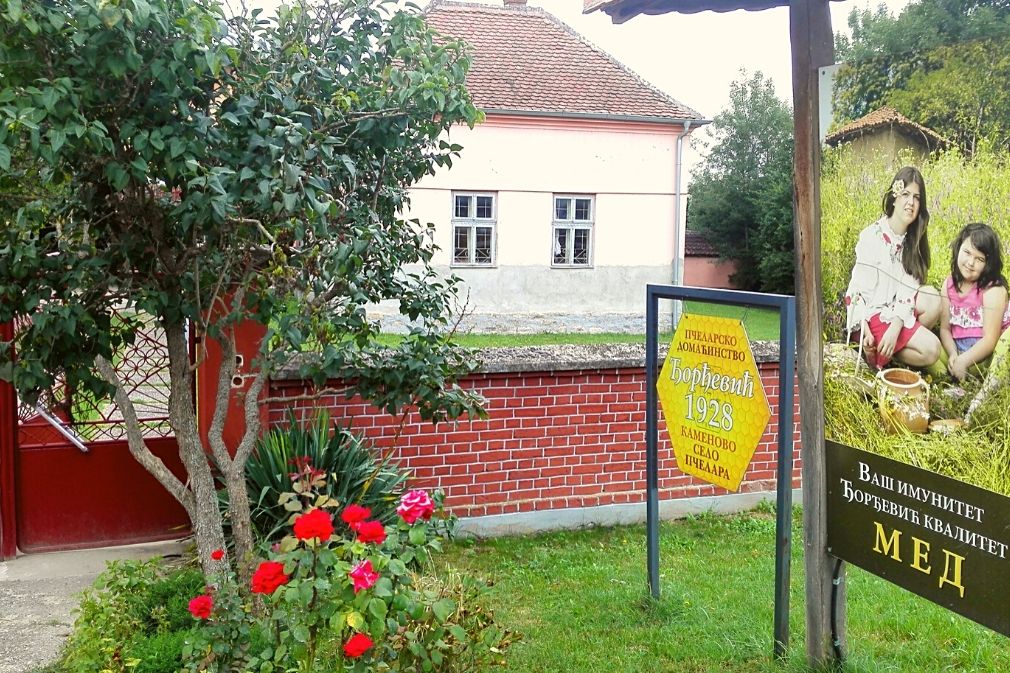

Then we continue our journey to Gornjak gorge. We follow the Mlava River and the natural gate of eastern Serbia soon emerges in front of us. The wind, which is locally called "gornjak", blows through the Gornjak gorge. It is the night wind that blows from the mountains towards the valley and brings coolness. The remains of the Annunciation Monastery stand in the gorge as a guard. The monastery itself was built in the 14th century by walling the entrance to the cave and making openings for doors and windows. The monastery used to be inaccessible, especially when the waters of the Mlava river were high. In the 17th century, it was destroyed by the Turkish armies, and then its monastic life completely subsided. However, the remains of the monastery still attract tourists.
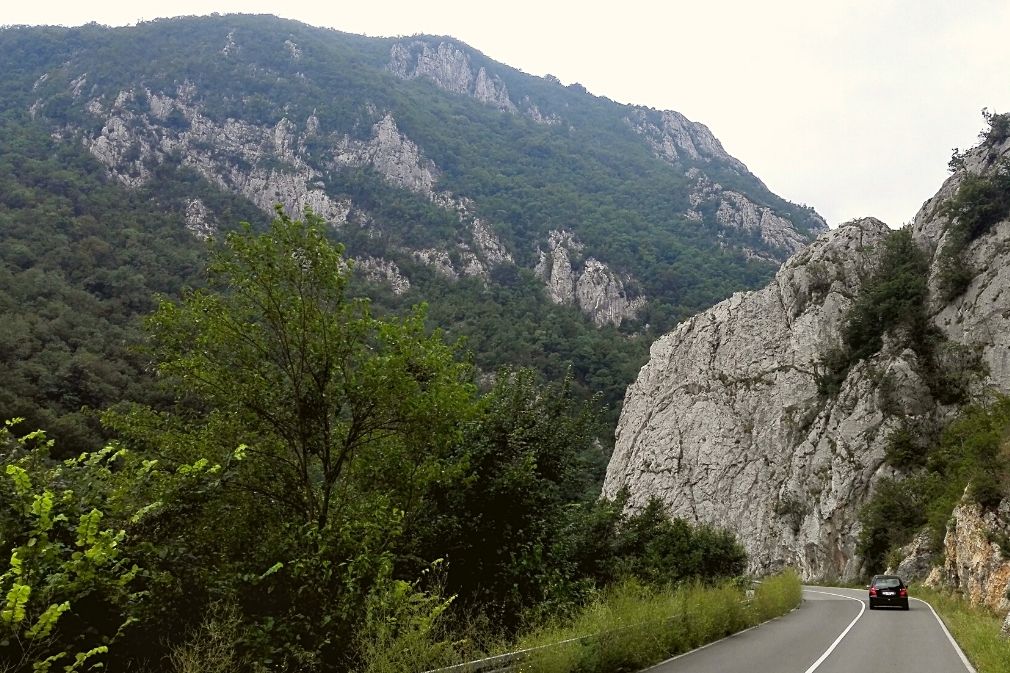
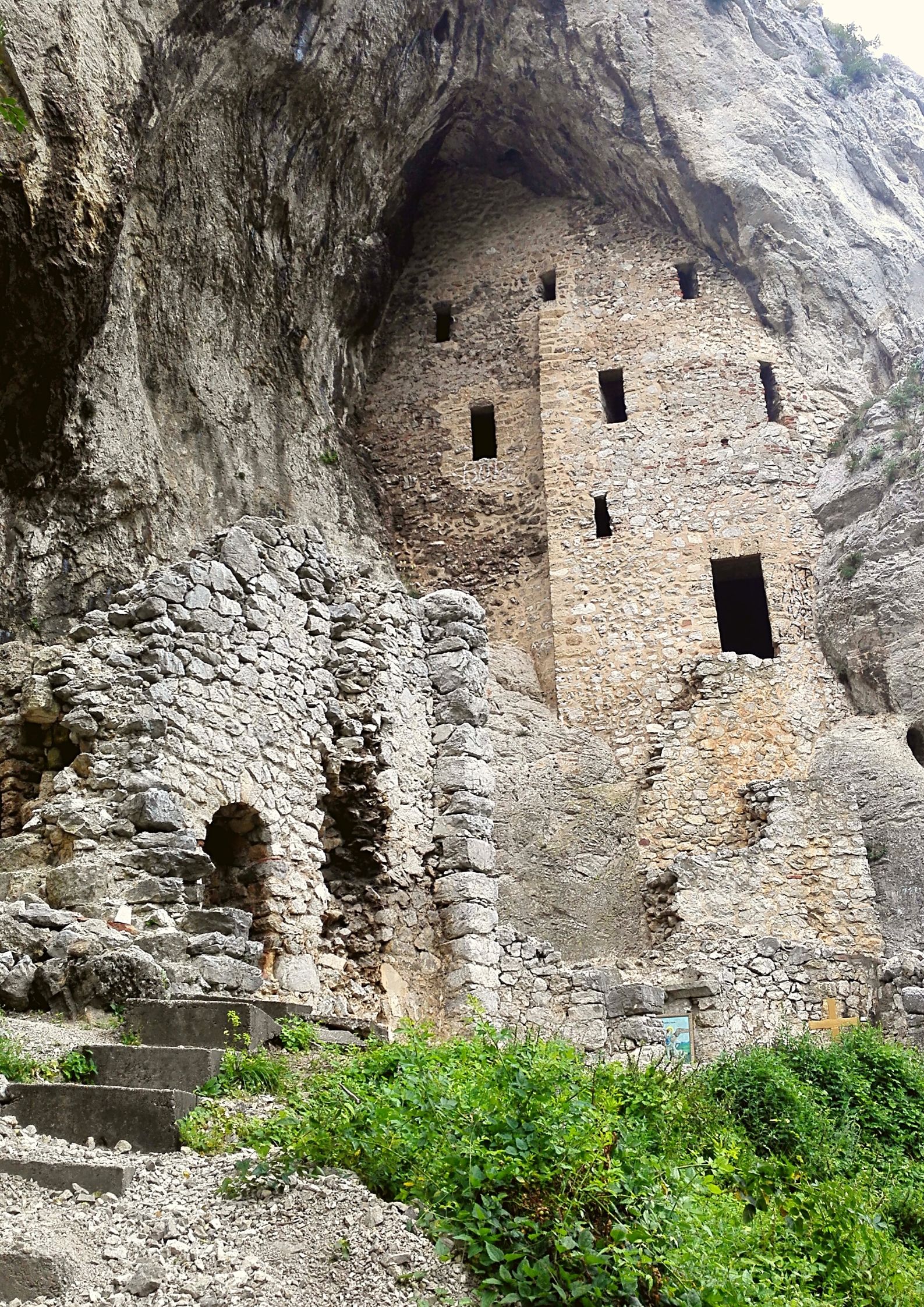
A few kilometers away, in the gorge of the Mlava river, there is another monastery. We approach Gornjak monastery over the bridge on the Mlava river. The noise of the river, greenery, the surrounding cliffs create a unique environment and the monastery yard full of flowers and fruits is literally resembling heaven on earth. The monastery was founded by Emperor Lazar in the 14th century. During the Turkish rule, it was destroyed and burned several times. Also, during the Second World War, the Germans burned it and destroyed numerous works of art and valuables. After the monastery tour and a brief break, we leave the course of the Mlava river and continue our journey towards another pearl of the Homolje.

At the foot of Beljanica mountain, about 35 km away from Žagubica, there is the Krupaja spring, which on the surface creates a karst lake of turquoise blue color, and then after a few hundred meters it flows into the Krupaja river. The spring is located on a private property, but after the tour, visitors can also visit the pond, a mill which is still used for flour grinding and drink coffee or have some snacks in a restaurant in the vicinity of the spring. Close encounter with the spring will fascinate you and give you the feeling of being somewhere in the tropics.
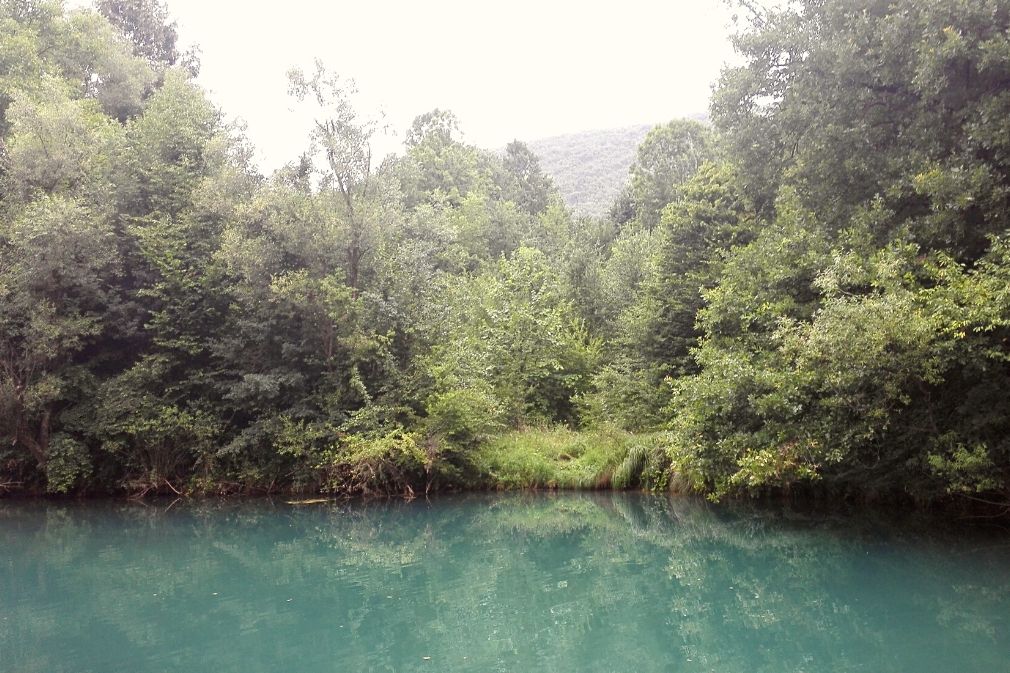
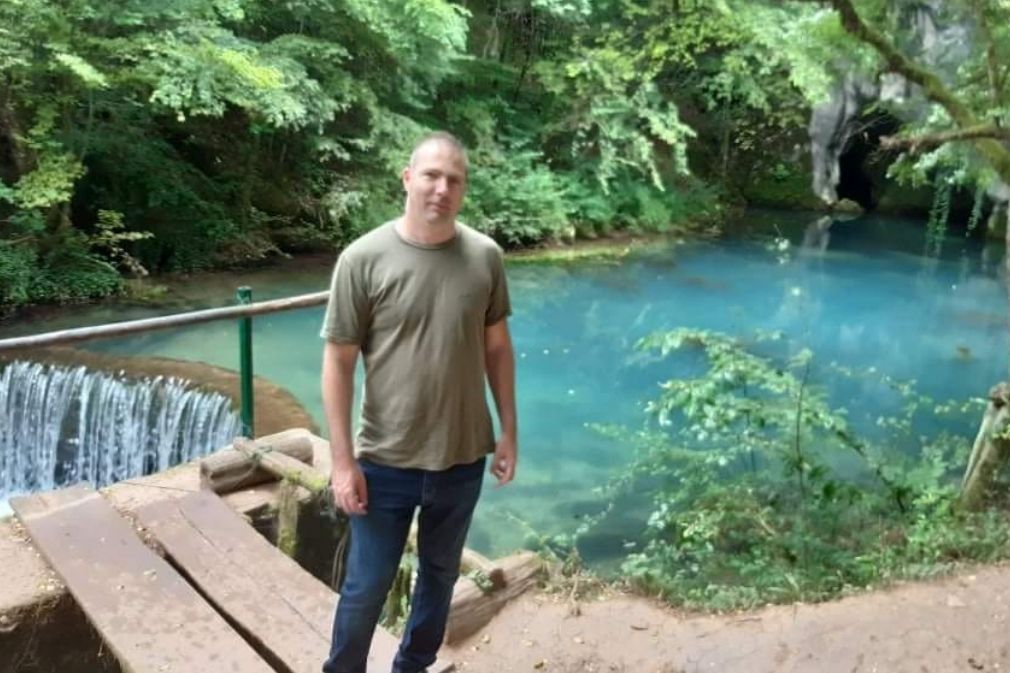
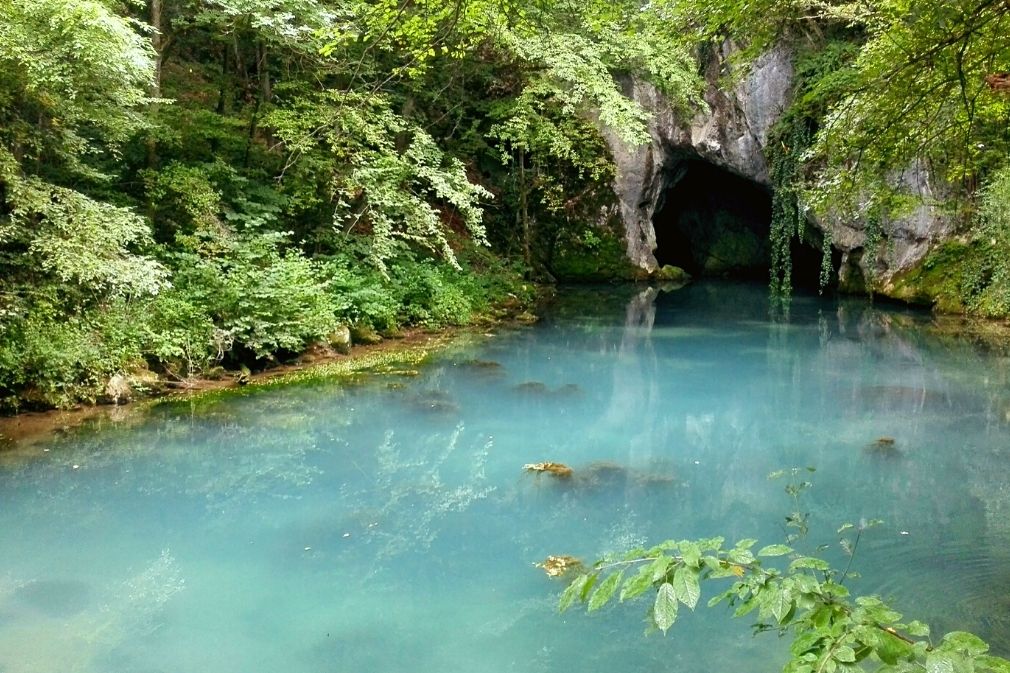
We continue our tour of eastern Serbia in the vicinity of Majdanpek. Following the course of the Pek river, all the time crossing from one side to the other (whilst the river is lined with plum trees whose branches bend towards the ground under the load of ripe fruit), we follow a narrow path to the cave of Valja Fundata. The cliff where the cave is located also represents a natural barrier that separates the Pek canyon from the tailings used by the Majdanpek mine...
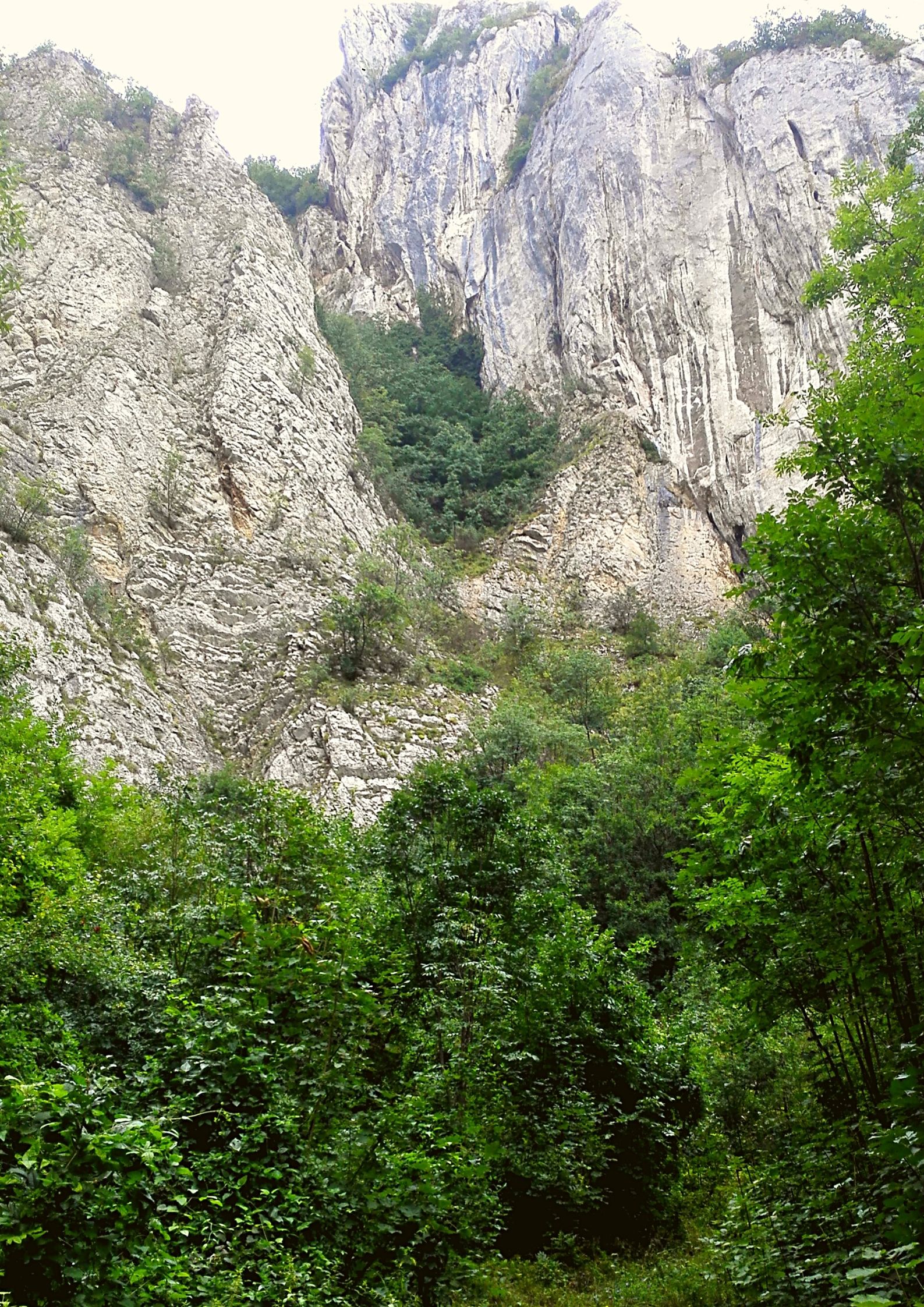
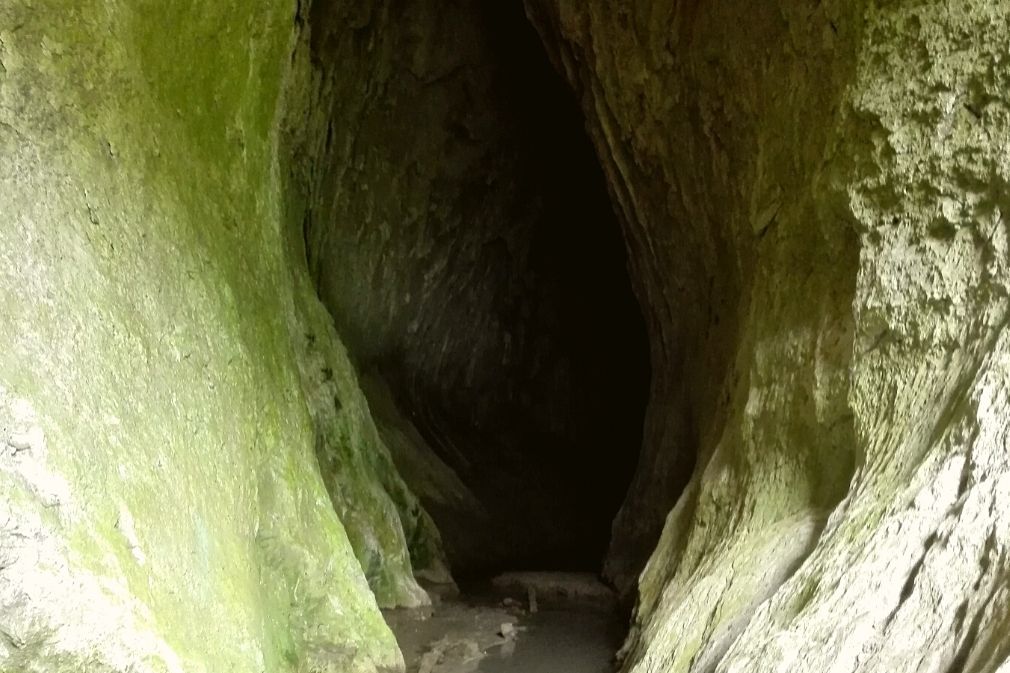
Certainly, nature was generous when it came to Majdanpek. We managed to reach Beli Izvorac waterfall. The 3-kilometre-long path along the river leads to a magnificent waterfall that suddenly appears in front of us in the middle of a dense forest.
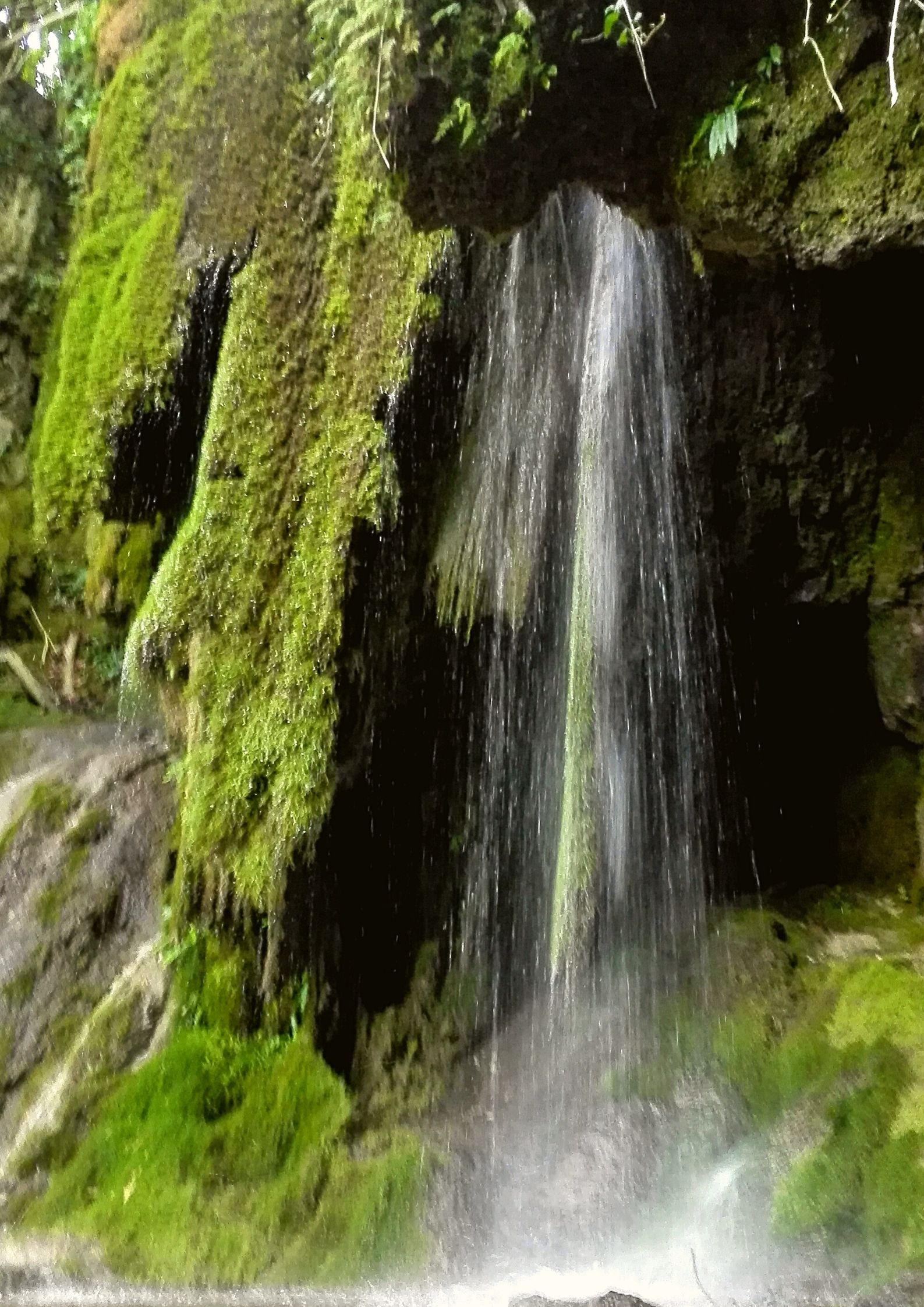
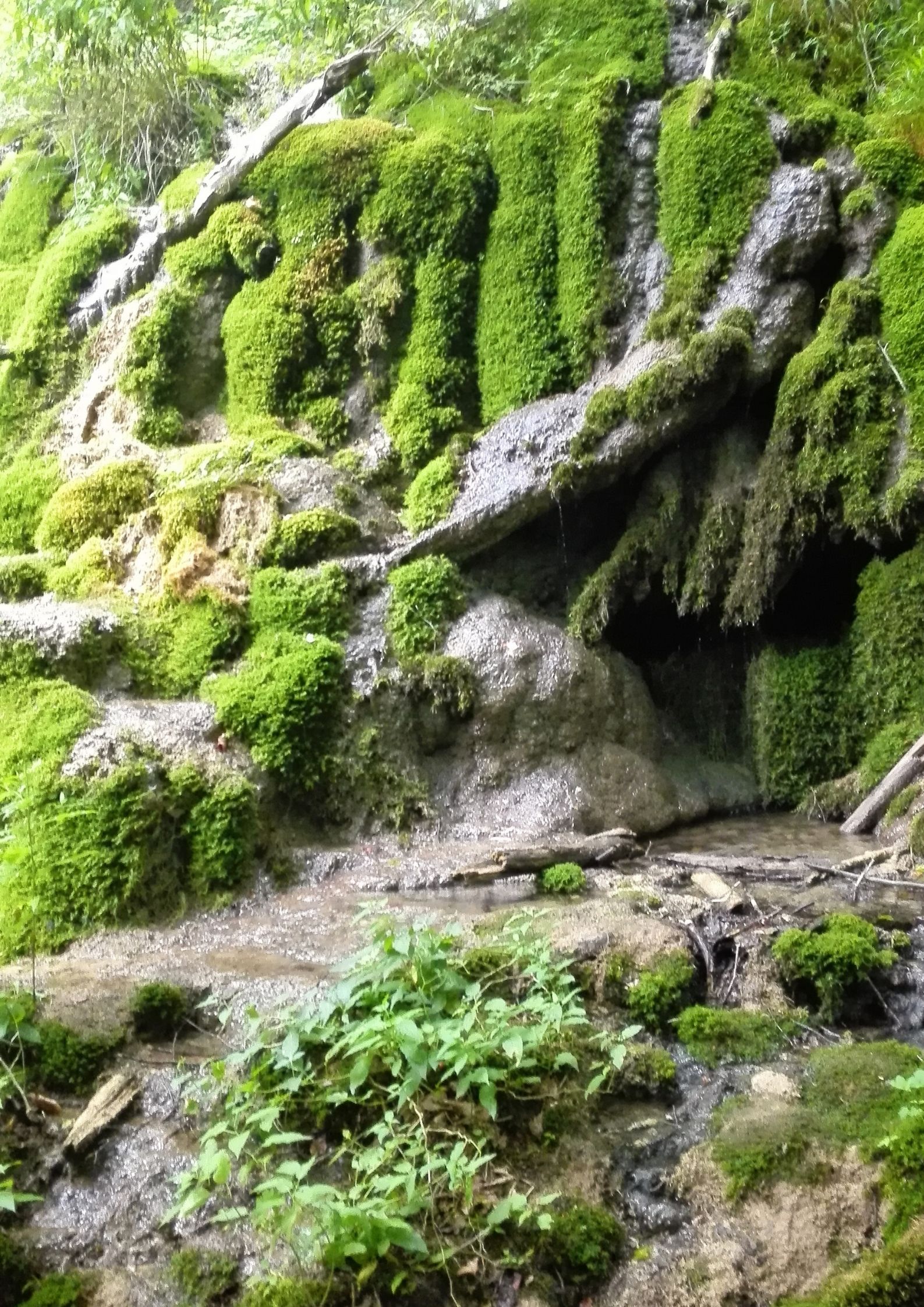
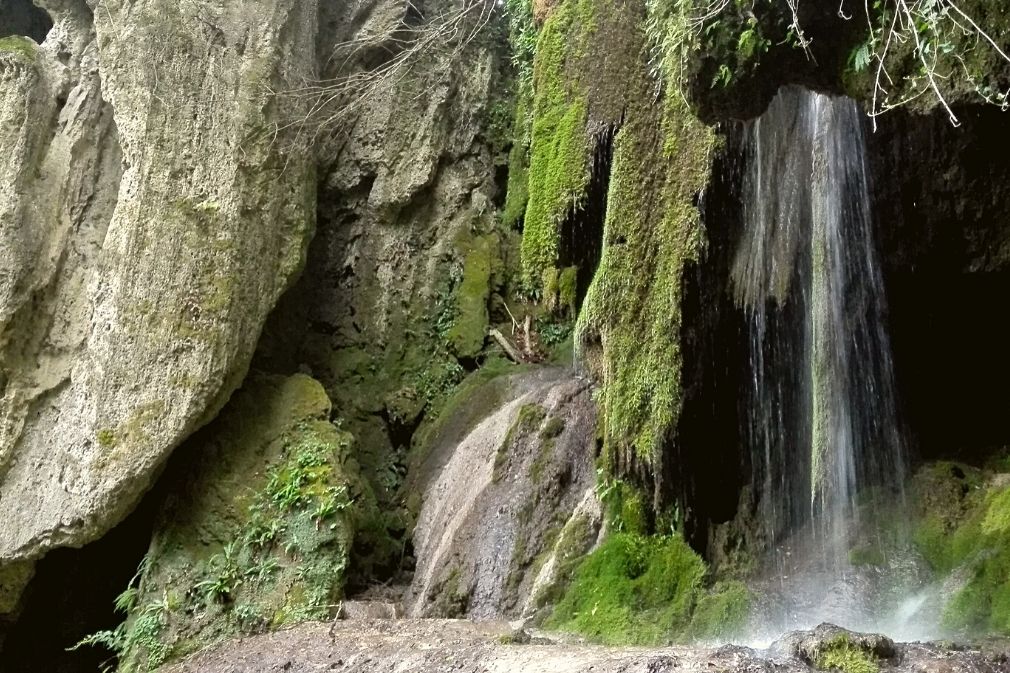
After so much walking and enjoying the natural beauties, it is time to satisfy our taste buds as well. As we approached the town of Golubac following the Danube, we turned off the highway following the signs further away from the river. At some 12 km distance, we saw a wooden sculpture of Grandpa Bogica in the famous Vlach costume with a fur cap. We also reached Pruna distillery & winery. Since last year, Pruna has been open to tourists and visitors, so we had the opportunity to discover how fruit brandies are made from fruit picked at the slopes of Kučaj mountains. The mere fact that there is no industry and pollution in the area and that we are surrounded on all sides by untouched nature were enough to demonstrate the great potential of this region for fruit growing and processing. The tasting of top quality fruit brandies and perfectionism in every phase of production have shown full wealth and splendor of eastern Serbia. A panoramic view of endless rows of plum trees and other fruit in the orchard that stretches on the undulating plateau, a gentle breeze that brings us a feeling of coolness on the sun-drenched slopes of Kučaj mountains all around us... This is how I imagine a vision of paradise on earth.
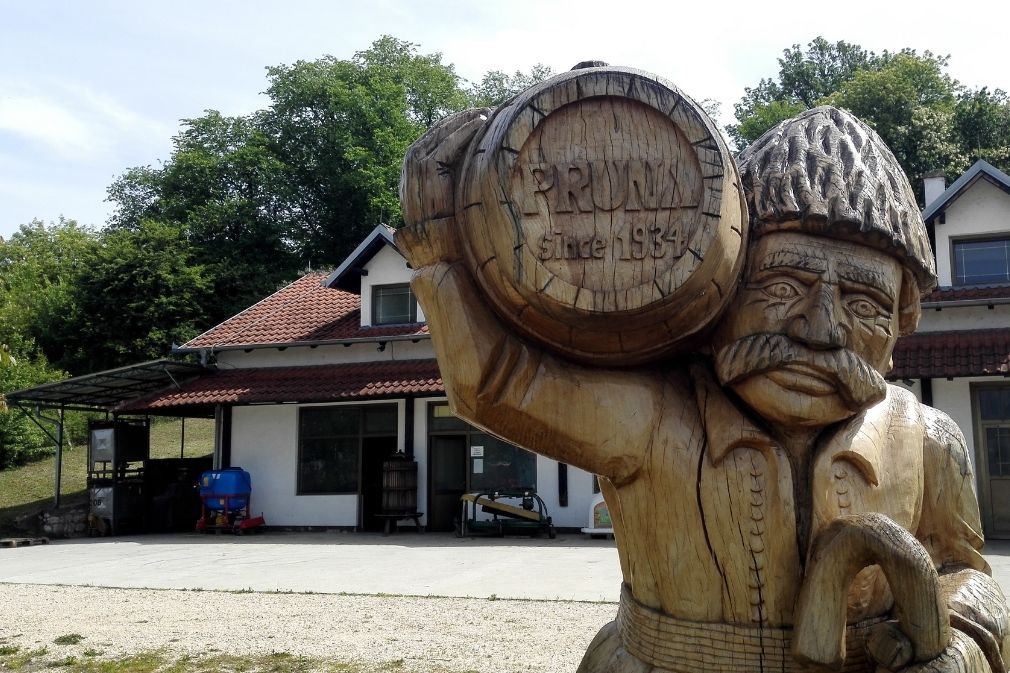
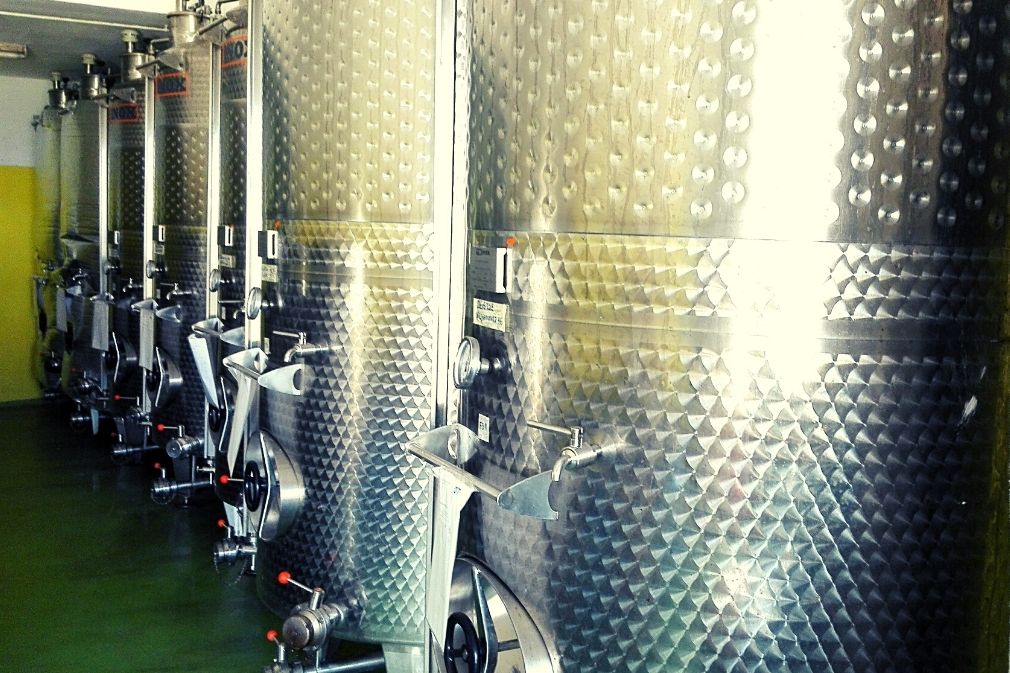
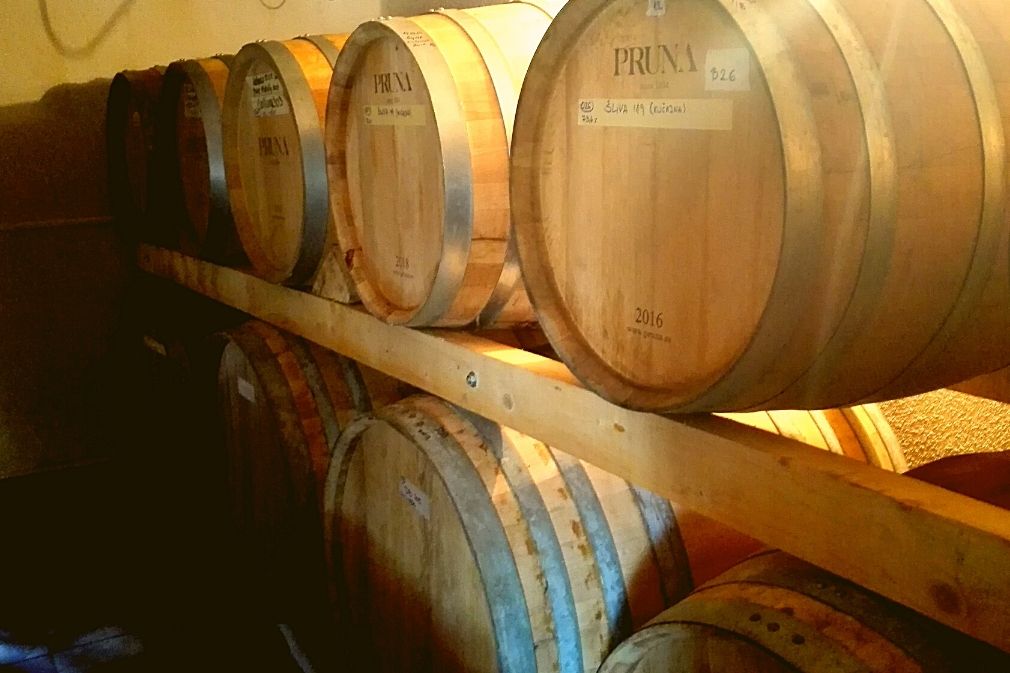
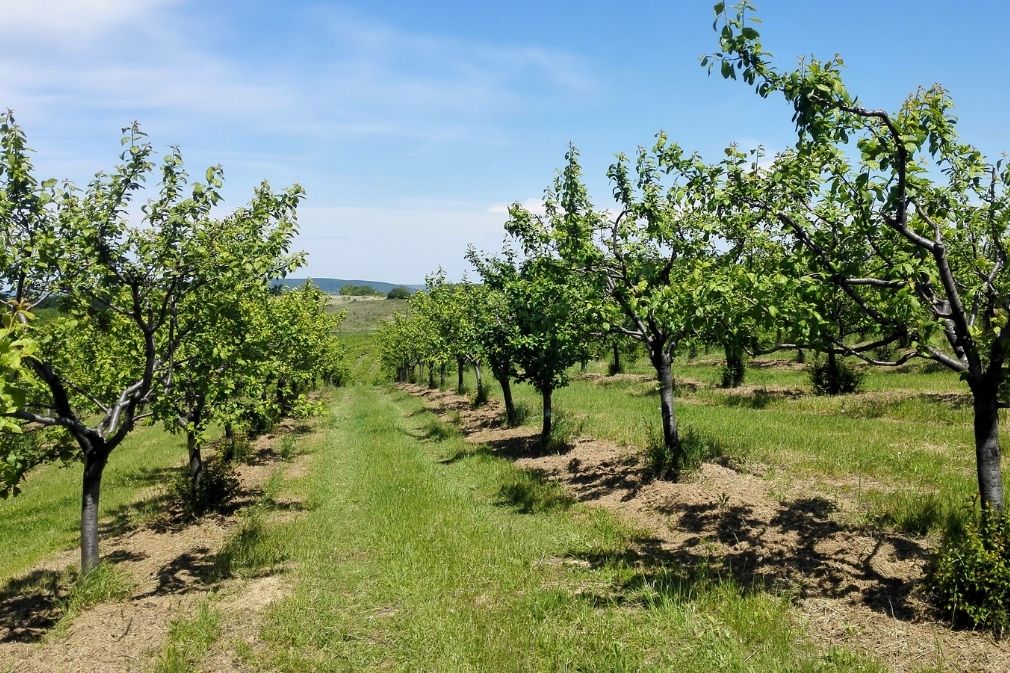
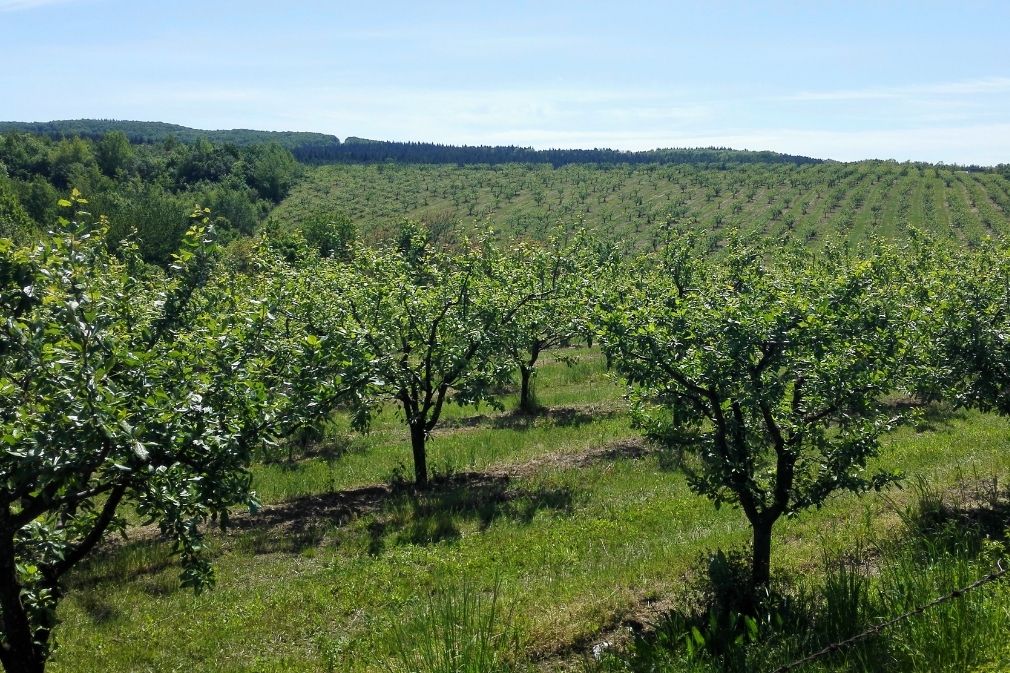
Then we go to nearby Golubac as the best way to end this perfect day in eastern Serbia is to sit close to the Danube, enjoy delicious Danube fish and local wines. We manage to arrive in time to watch the sunset on the Danube from the garden of the restaurant "Zlatna ribica". Cabernet Sauvignon 2016 from Pruna winery adequately showcased wines from this part of Serbia. Rich aromatic profile on the nose dominated by ripe notes of coffee, dark chocolate, fresh tobacco, sweet spices with preserved fruitiness and aromas of black forest fruits, blueberries, blackberries, plums. And an explosion of colors that is reflected on the surface of the Danube as the sun sets.
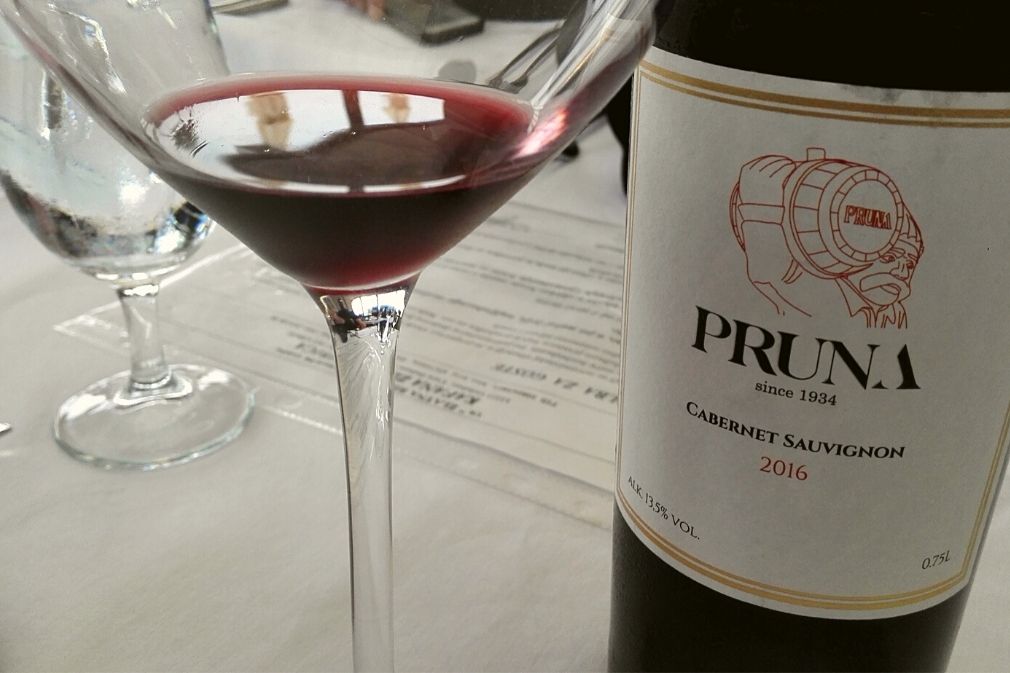
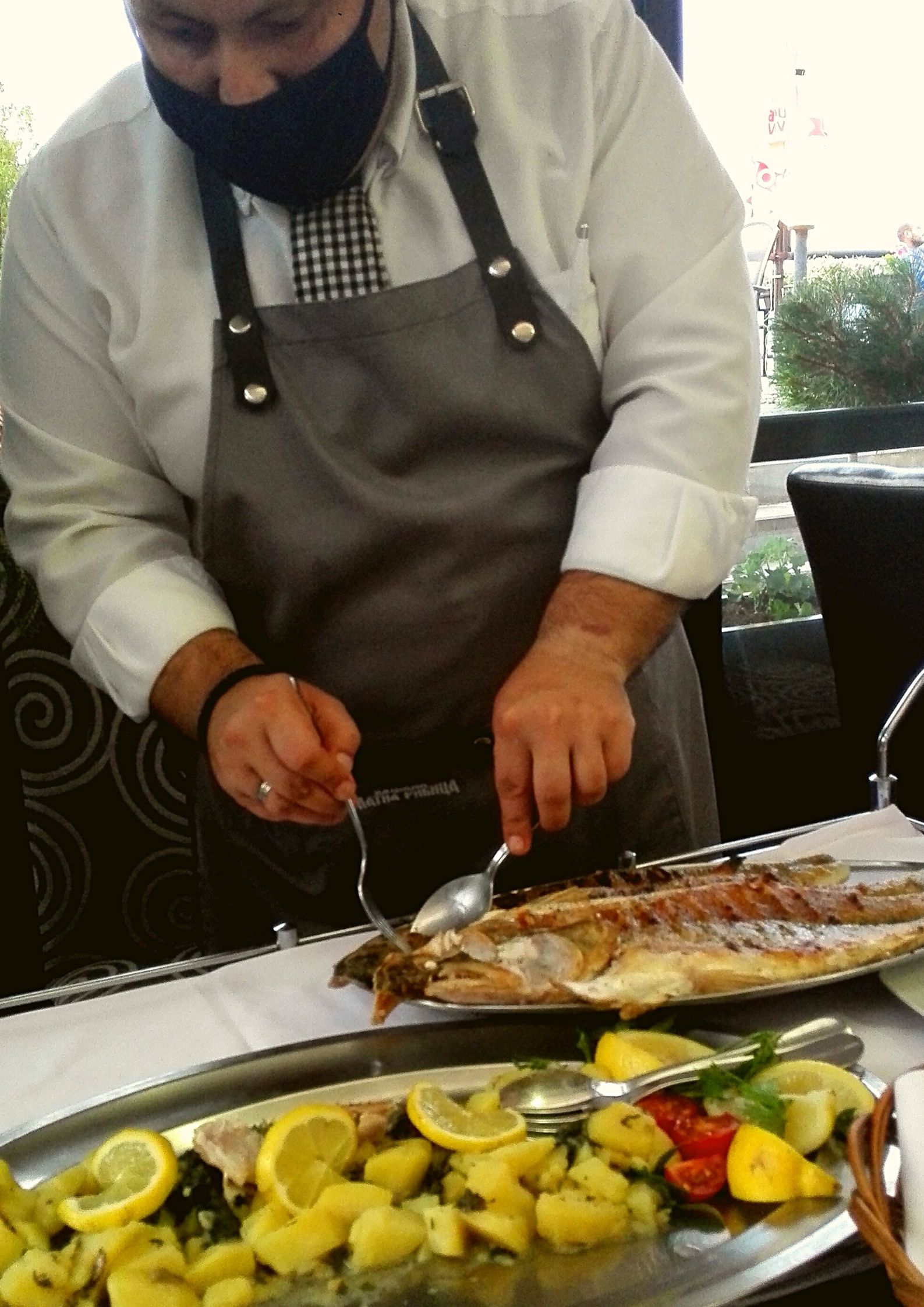
Eastern Serbia has shown us only a portion of its beauties... And we got invited to visit again. What an honest invitation that can not be refused.

Tomislav Ivanović
Awarded wine writer, wine critic and contributor to selected wine magazines. WSET3-certified author and editor-in-chief of www.vinopedia.rs. Member of Vojvodina Sommelier Association. Juror in national and international wine competitions. Lecturing about wines of Serbia and the Balkans. Local partner of Wine Mosaic organization. Co-founder of International Prokupac Day.

Pročitajte i druge članke iz ove rubrike:
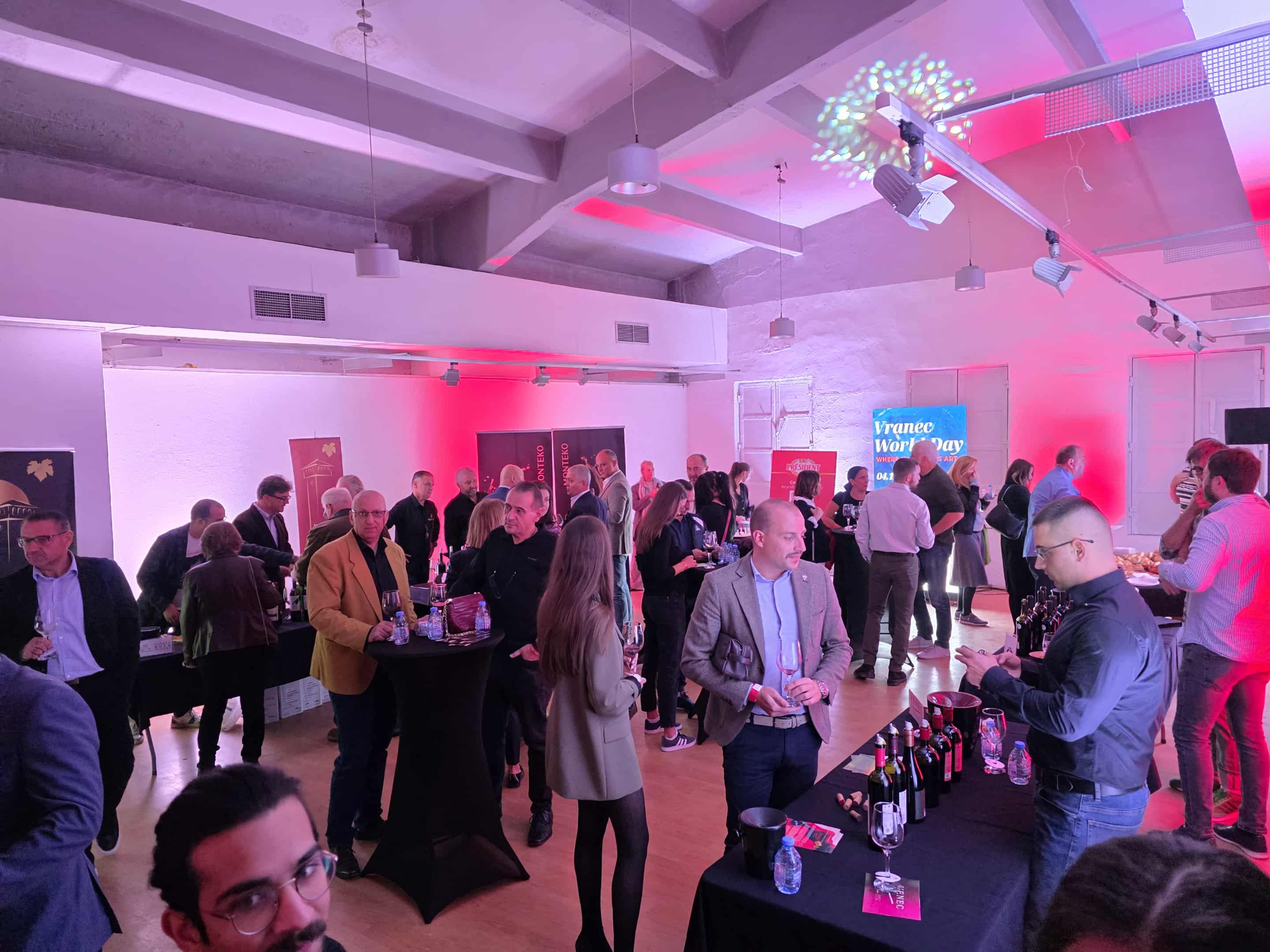

VRANAC NA RASKRSNICI
PROČITAJ VIŠE
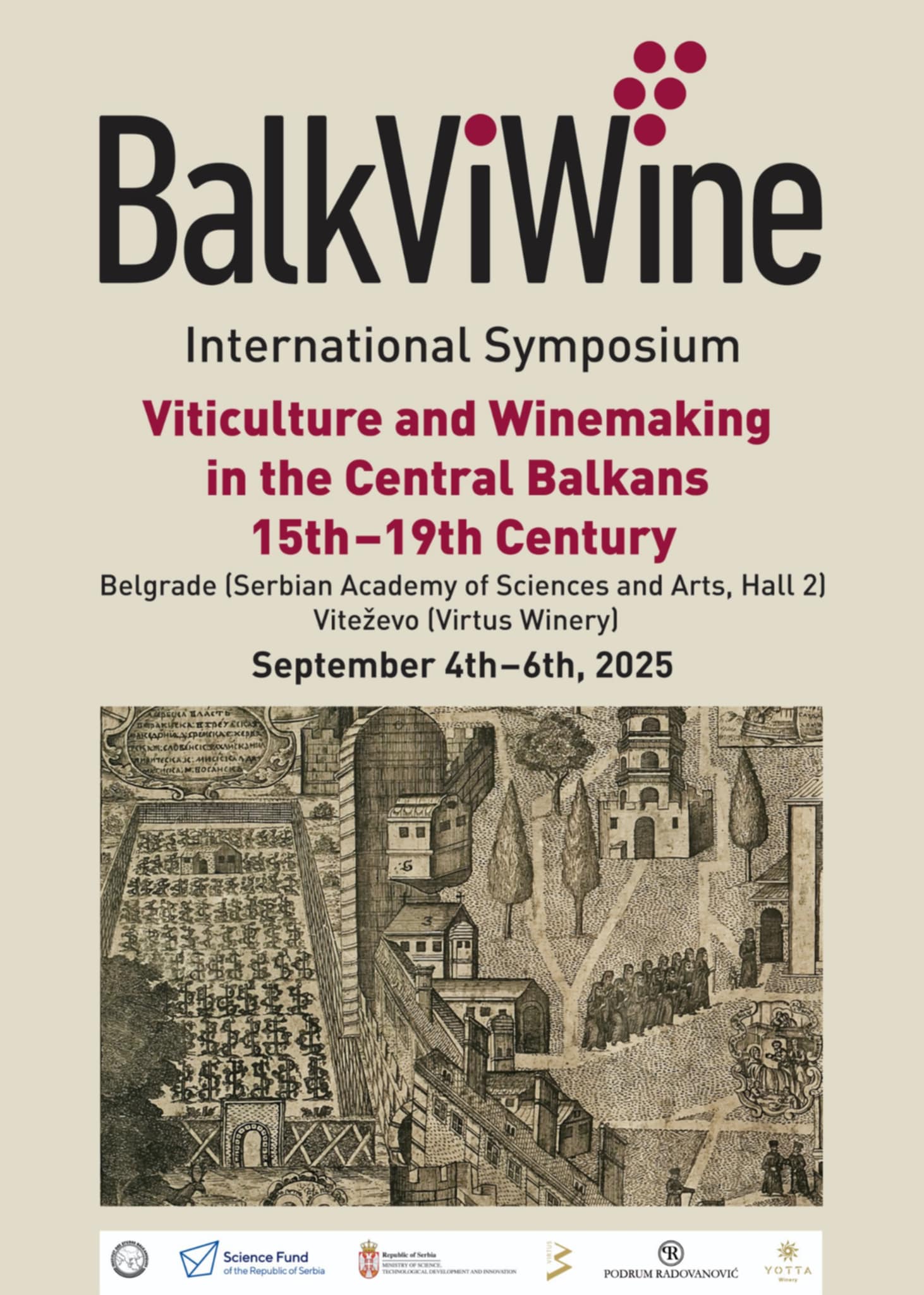

BALKVIWINE 2025 BEOGRAD
PROČITAJ VIŠE
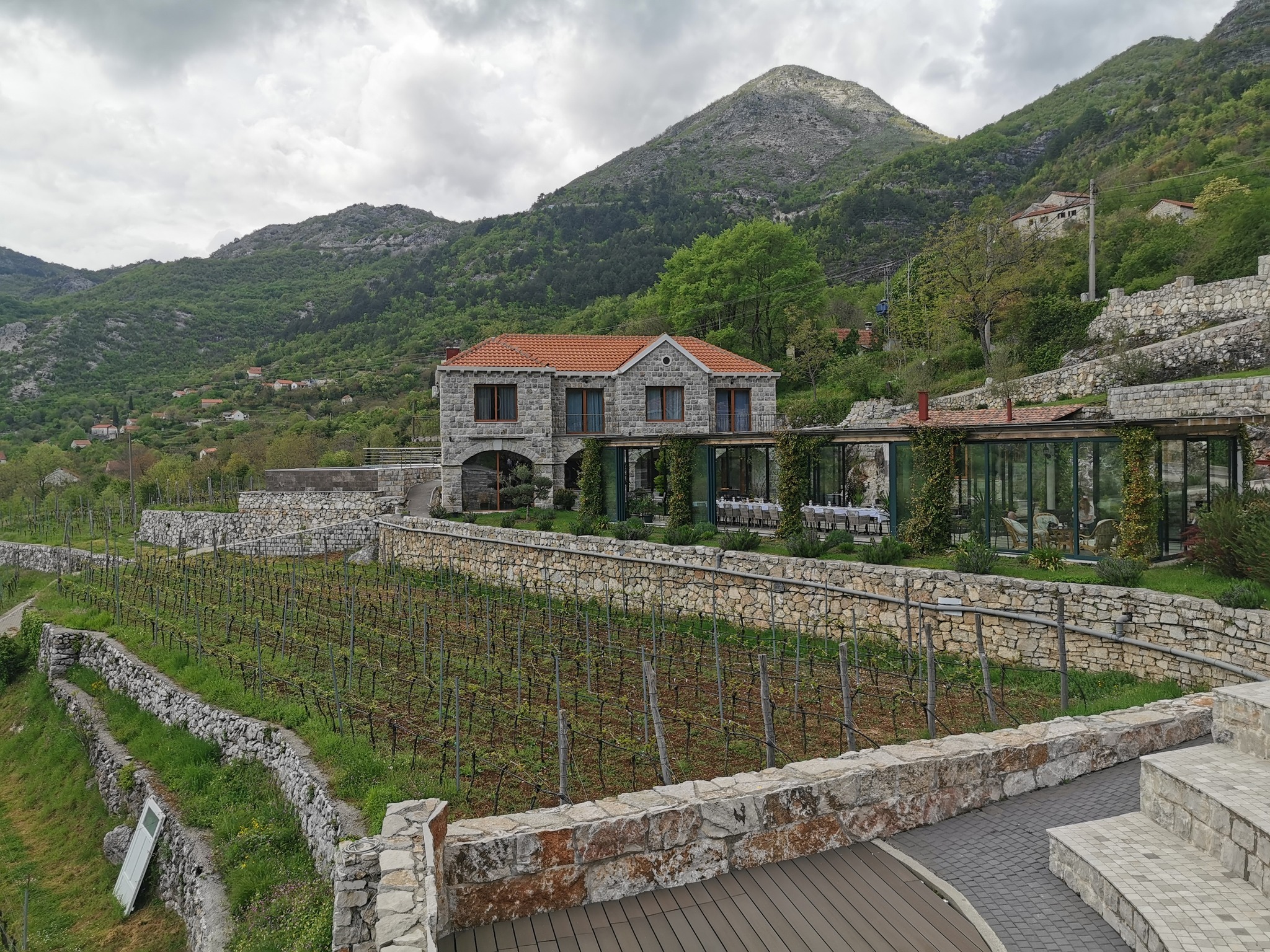

KRATOŠIJA PROBUDILA CRNOGORSKE VINARE
PROČITAJ VIŠE
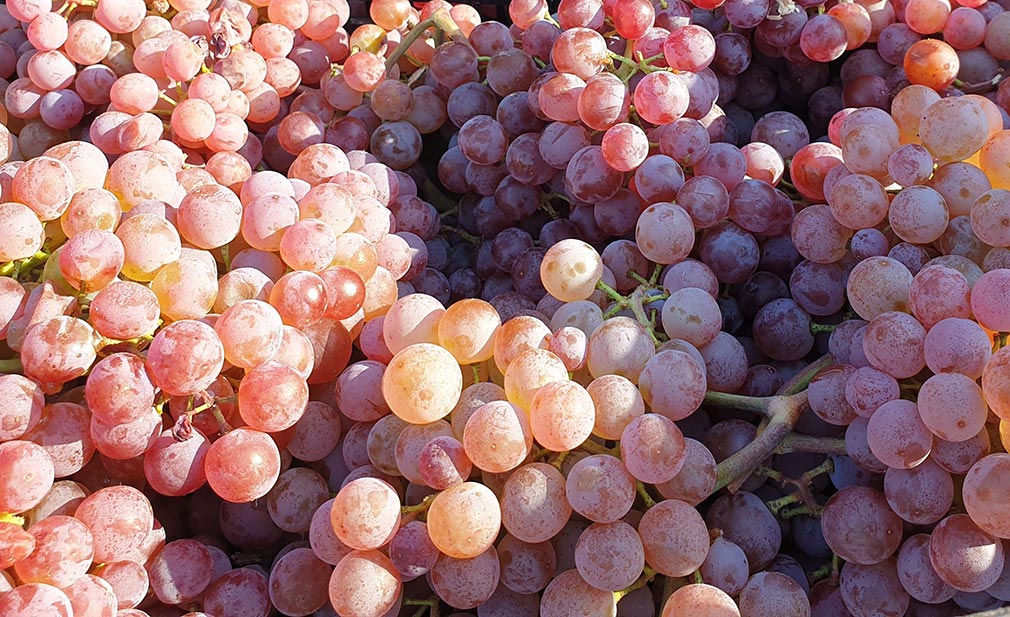

VINOPEDIA TOP 10 2024
PROČITAJ VIŠE
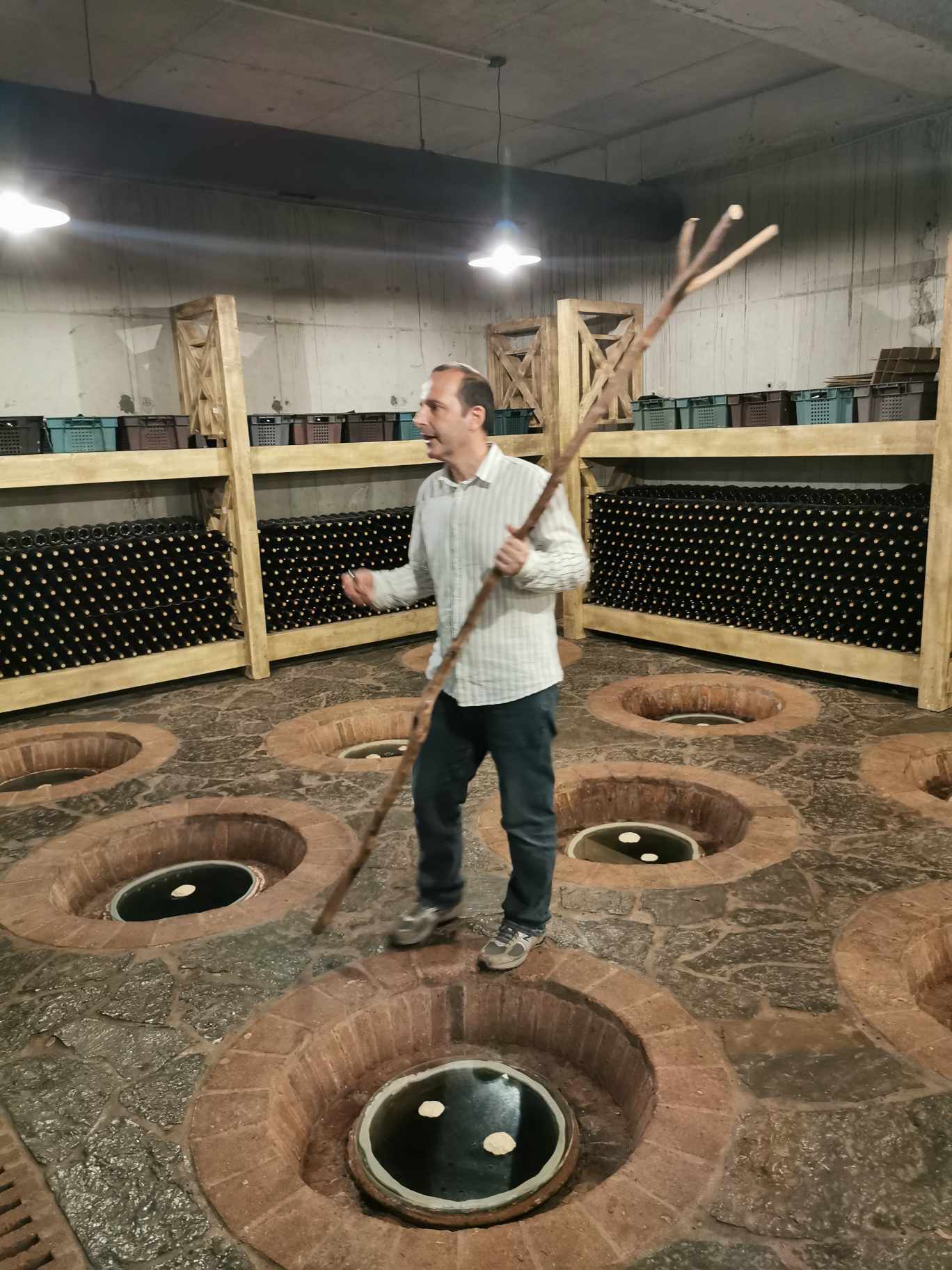

GIUAANI - VINSKI TURIZAM NA GRUZIJSKI NAČIN
PROČITAJ VIŠE
Winner MILLESIMA BLOG AWARD 2016

Pobednik MILLESIMA BLOG AWARD 2016
VINO & FINO wine personality of the year 2016

VINO & FINO vinska ličnost godine 2016